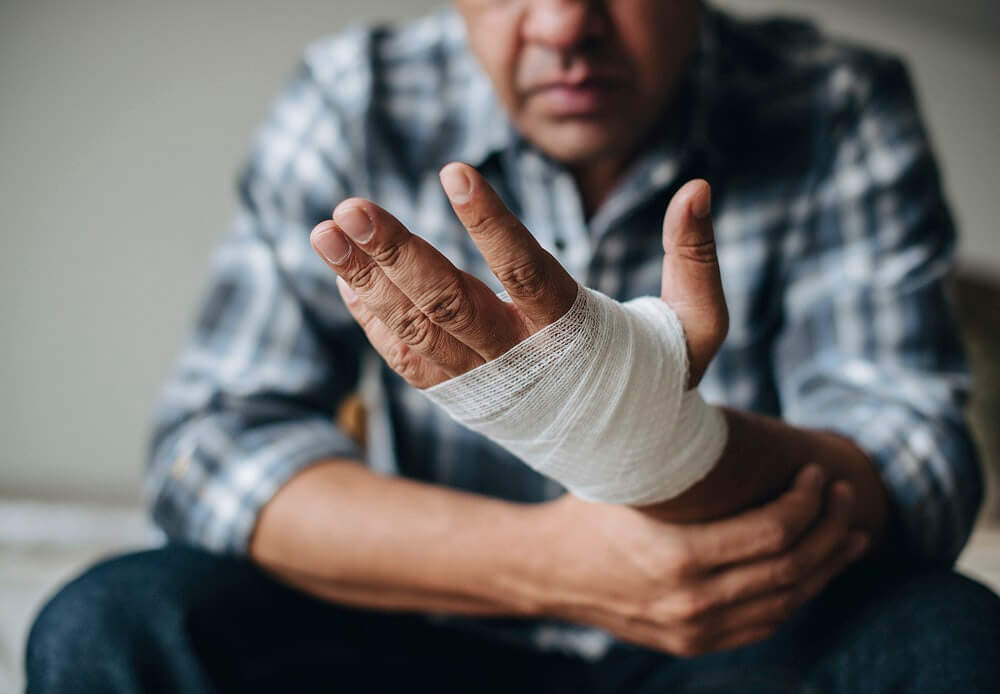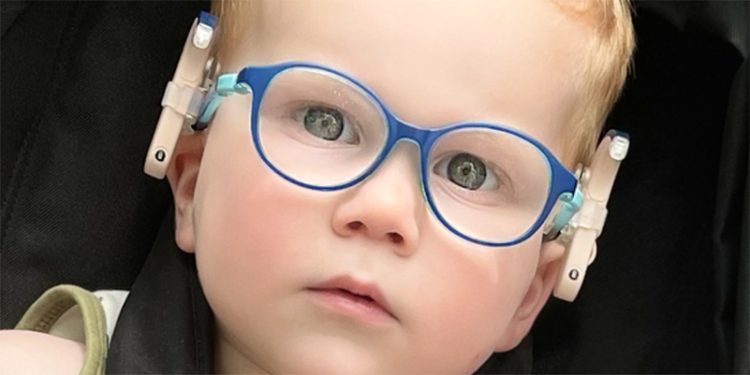
Diabetes is a chronic disease that causes difficulties in processing glucose in a diabetic patient’s body. Due to elevated blood sugar, the patient gains weight, and the body resists insulin even more.
Uncontrolled diabetes causes poor circulation of blood. As a result, white blood cells and nutrients cannot reach wounds. Therefore, a diabetic patient experiences slower wound healing.
Centers for Disease Control reports that around 30.3 million people in the United States have a type of diabetes. The majority of these people face complications from infected wounds.
In this article, we will discuss the complications and wound healing methods for diabetes patients.
complications and wound healing methods for diabetes
Cause of Slow Wound Healing for Diabetes Patients

The correlation between wound healing and blood sugar was clarified in a 2013 study.
The study concluded that chronic diabetes patients undergoing surgery heal faster when their blood glucose is under control. High blood glucose blocks white blood cells from functioning properly. This is why the body cannot protect itself against bacteria and fails to close wounds.
Uncontrolled blood sugar slows down blood circulation in the body. Therefore, the blood cannot provide the necessary nutrients to treat wounds. It is another reason for slow wound healing.
Additionally, diabetes can damage nerves in a patient’s body. Damaged nerves prevent the brain from feeling the injury. Therefore, a person can be unaware of their injury and not treat it properly—the combination of slow healing and numbness increases infection risks.
Both type -1 and type -2 diabetes increases bacterial infection risk. Additional factors for increasing risks are:
- Cracked skin
- Infections in toenails
- Foot abnormalities
- Sweating impairment
Diabetes can affect the healing of wounds in other ways, such as:
- Decreasing production of healing and growth hormones
- Reduce repairing and producing new blood vessels
- Weakening skin barrier
- Lowering collagen production
Treating Wound

As diabetes patients experience slow wound healing, they need to monitor it closely. Most diabetes patients experience wounds on the bottom of the feet. These wounds are referred to as diabetic ulcers.
The goal is to treat the ulcers rapidly and to prevent infections. The key factors for treating diabetic wounds are:
- Avoid getting infected
- Remove pressure from the infected area. This is also known as “off-loading”
- Get rid of dead tissue and skin, called “debridement”
- Dressing and applying medication to wounds
- Keeping blood sugar and other health problems in check
If you see your wound is infected, consult your doctor immediately. The doctor may suggest treatment procedures and antibiotics for your wounds. In extreme cases, you may need to be hospitalized.
Keeping your blood sugar low helps to avoid infection. If you experience any infection, make sure to keep it clean and bandaged. Change the dressing every day and avoid walking barefoot.
Removing pressure from the infected area helps with healing wounds. You will need to wear special footwear, castings, crutches, or wheelchairs. Keep the wound covered, moist, and clean.
Proper circulation heals a wound faster. Your podiatrist will determine the correct circulation level with a noninvasive test.
Light Therapy Can Help in Wound Healing
Diabetes primarily affects the metabolism and the blood circulation of the body. Red light therapy for diabetes can help in this manner.
The red light goes deeper into the skin and delivers the mitochondria energy. Energized mitochondria can work better and enhance cellular activity. Therefore, the damaged cells can repair themselves and replicate for healing wounds.
Red light therapy enhances circulation in the body. It allows the blood to carry nutrients and white blood cells to the wounds. Also, red light therapy can block nitrous oxide buildup due to diabetes. Nitrous oxide constricts blood flow and causes nerve damage. So, this therapy is beneficial for diabetes patients.
Surgical Options

Non-infected diabetes wounds can be treated with surgery. However, surgery may be needed for severe injuries.
In some cases, excision or shaving of bones is done to remove pressure from the wounded area and correct deformities.
Healing time after surgery depends upon the location of the wound, existing pressure, blood sugar levels, swelling, and wound care. Healing may take from a few weeks to several months.
In severe cases, limb amputation may be needed.
Prevention of Diabetic Wounds

Prevention of diabetic wounds is always better than cure. Consult your doctor regularly. Here are some reasons why doctors should have professional liability insurance. You may have a high risk of developing diabetic wounds if you suffer from:
- Neurotherapy
- Foot deformity
- High blood sugar levels
- Poor circulation
- Wear inappropriate shoes
- Previous ulceration history
To prevent diabetes wounds, you can take the following measures
- Control blood sugar strictly
- Treat wounds and infections properly
- Remove pressure and friction from the wounded area
- Improve circulation in the wounded area
Final Words
Diabetic wounds heal slowly and can cause severe problems for the patient. In severe cases, the patient can lose a limb. Therefore, proper prevention and cure procedures should be followed.
Light therapy can help in healing diabetes wounds. It reduces wound healing time and improves circulation in the body. Therefore, consider light therapy as a fast and effective wound healing option for diabetes patients.







